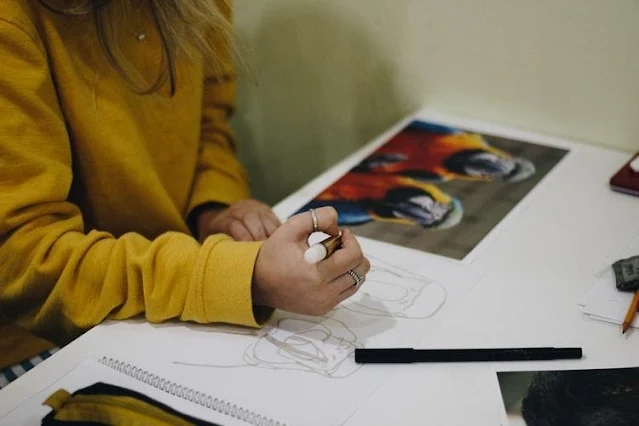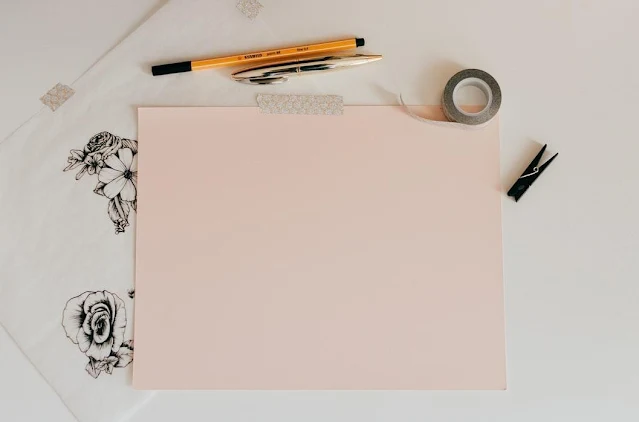Do you ever see some work by a successful artist and wish you could reach their perfection or draw better? If yes, this post is for you. Drawing is not merely making an image on paper but leaving your mark on it.
However, there is no secret to making it happen. If you wish to draw well and bring three-dimensionality to your drawings, all you need to do is practice. You can also use a custom paint-by-number kit to improve your skills. There is no other magic formula. Now, regarding your practice, you do not have to pick up a pencil and start sketching. Instead, you must know how to put your talent into action. Here's a free Drawing for Beginners guide to begin your creative journey.
Once you learn to do this, you can boost your artwork to another level. Today, we will present some quick tips to help you improve your realistic drawing. Here is how you can make your sketches pop out and get the perfect light and shading effects:
Invest in Fine-Grade Art Supplies
If you are only starting as an artist, using regular paper and your HB pencil is acceptable. However, if you are looking to improve your realistic drawings, the first thing that you must do is invest in quality art supplies.
You will be surprised to know about the different qualities of papers, pencils, erasers, and other art supplies you can find online and in art stores. Further, using quality drawing supplies will ensure you make the improvement process manageable. Some of the art supplies that you should consider investing in include:
- H or 2H pencil
- Some mid-grade pencils
- Dark grade pencils
- Quality drawing paper
- A sharper and an eraser
- Tracing paper
- A regular soft eraser
- A kneaded eraser
- Some tissue papers
- Blending stump
With all these in hand, you can move towards improving your drawing skills much faster.
Always Use A Quality Reference
Drawing from a reference, especially if it has a fair resolution, is accessible for those with much practice. However, if you are only starting, consider opening the reference photograph in any photo-editing tool. Then, use the grayscale effect to closely examine the image's light, dark, and mid-tones. Once you can distinguish between these different tones, you can become a pro at creating realistic drawings in no time.
Focus on the Largest Shapes First
Most people quickly move on to the shading and texture part only after drawing a part of their sketch. They spend hours developing details only to find out that the proportions of different elements are off in their picture. Therefore, while practicing your realistic drawing, make sure to avoid this mistake. Ensure you have the entire basic outline in place before moving towards the shading part. Also, make these initial lines as light as possible.Steer Clear of Visible Lines
Sure, you must draw some clear lines to create a texture like eyelashes or hair. However, these lines are, again, different. They may also vary in their value and thickness.
Balance Between the Lights and Darks
Your realistic drawing needs to have a sense of three-dimensionality. If you want to draw an image that looks like it is popping out, you need to learn how to balance between the lights and the darks. Your drawing should have areas ranging from the ones that are almost white to those that appear nearly black.Once you learn how to create this beautiful balance between the shades, you will surely develop some breathtaking art pieces. While making strokes of varying hues, ensure you do not press down your pencil too hard. It may damage the paper and cause visible scratches, making your realistic drawing dull.




